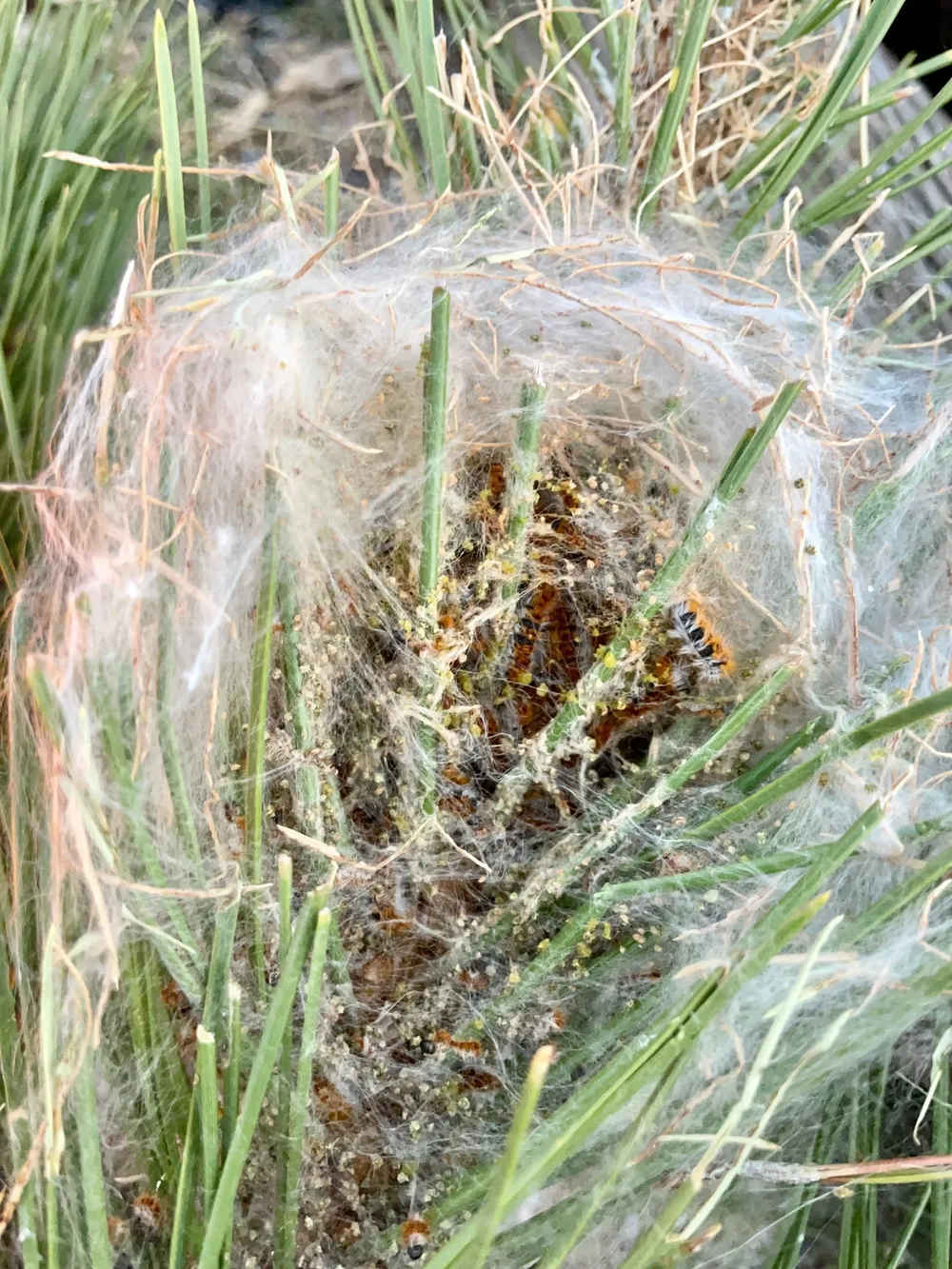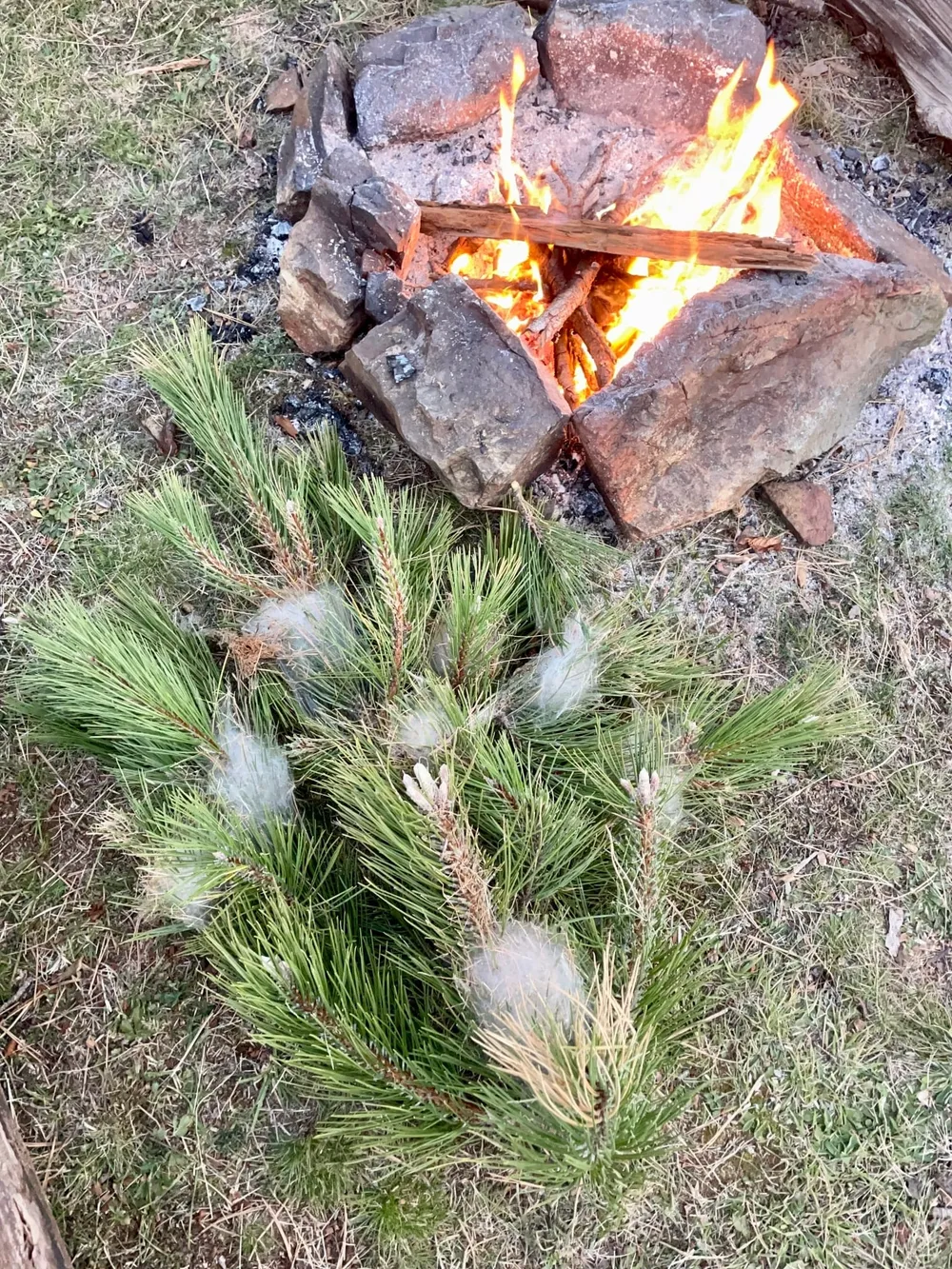Our reforestation projects
Our main goal is to reforest the most fire-damaged high-altitude forests. We employ the local community to execute the tree planting operations, which creates a strong relationship towards our projects and allows us to contribute substantially to the local economy by creating new job opportunities. This collaborative approach sets us apart from other organizations and ensures long-lasting results, read more.
KEY FACTS
| Year | Location | Trees planted | Trees replaced | Restored area | Survival rate |
|---|---|---|---|---|---|
| 2021 | Lurë | 2,712 | 0 | 2.2 ha | 88.25% / N/A / 78% |
| 2022 | Lurë | 10,000 | 0 | 7.02 ha | 84.65% / 78.48% / 68.93% |
| 2023 | Lurë | 10,081 | 0 | 6.38 ha | 56.40% / 53.01% |
| 2024 | Lurë | 11,470 | 0 | 13.84 ha | 40.48% |
| 2025 | Lurë, Voskopojë | 3,135 | 5,115 | 13.8 ha | |
| Total or average | 37,398 | 5,115 | 43.24 ha | 73.78% (60.10%) | |
| Total trees planted | 42,513 |
Lurë-Dejës Mt. National Park, Dibër
The Lurë forests have been affected by fires and illegal logging over the years. Our project focuses on restoring these high-altitude forests through tree planting and ongoing care.
Local communities are actively involved, helping to create job opportunities and ensure the long-term success.
Voskopojë, Korçë
Korçë’s forests have faced degradation from fires and environmental challenges. Our reforestation work aims to restore these forests while engaging local communities in planting and maintenance.
This approach not only revives the ecosystem but also provides economic opportunities for the villages around Voskopojë.
Which tree species we plant?
Lurë-Dejës Mt. National Park is a protected area under the management of Agjencia Kombëtare e Zonave të Mbrojtura (AKZM). The AKZM sets requirements for the planting material allowed to be used during planting operations within the national park.
Conifer species allowed to be planted in the national park are Pinus nigra, Pinus Peuce and Abies alba, and as for deciduous species, it is Fagus silvatica.
Furthermore, there are requirements based on the planting area regarding its location within three protected zones. Our goal is to plant in the highest protected zone where the saplings must be produced from the local seeds and grown at a similar altitude as the planting area. Such saplings are currently not produced in Albania or within the Balkan peninsula. This is why we established a tree nursery in the Lurë area.
Our planting areas are currently located within the 2nd protected zone of the national park, where we are allowed to plant Pinus nigra saplings from Albanian suppliers located in lower altitudes. We plant two-year-old, potted/containerized saplings.
In our experience, using old and larger saplings does not produce good results as those plants are prone to damage due to snowfall. You can read detailed information about our planting material selection process in Update #10: Choosing the right planting material and supplier.
How do we plant?
Support and involvement of the local communities are crucial for successful and sustainable reforestation projects. We, therefore, award most of the work to the local team instead of volunteers.
Local workforce
We use the local workforce as much as possible during our reforestation activities. The local team plants 90% of the saplings. Our local team is responsible for a wide range of activities, from preparing the planting area, digging holes for the saplings, transportation and planting of the saplings.
This allows us to contribute significantly to the local economy, and more than 50% of the planting costs are dedicated to the workers. We provide much-needed jobs in the Fushë Lurë, which despite being seasonal jobs, are at least regular.
We are proud that our planting team includes many women because whole families are joining during our planting operations.
Volunteers
We organize weekend activities for volunteers and our partners to allow the public to participate in our reforestation project and demonstrate our processes and techniques. Due to its duration, we are limited to four events during the Autumn planting operation.
Limited use of volunteers ensures that the local team is allocated promised work and the planting quality is not compromised as the local team has more training and experience.
How are we monitoring?
We are using the Sample plot method to determine the survival rate for our reforestation operations. The method is based on establishing a number of sample plots (measuring areas) within the reforested area and measuring the survival rate within the plots. The final survival rate for the area is then an average of the sample plot values within given confidence intervals.
This method is widely used in reforestation projects and we were asked to adopt for our cooperation with OneTreePlanted. More details about the methodology can be found in very detailed PACTO: Monitoring protocol for reforestation projects manual.
We are using QGIS to capture our planting areas on the map and generate randomly distributed monitoring points for each area. The size of the area determines the number of plots, and we use the values in the table below as per the PACTO manual.
| Area (ha) = A | Number of Sample plots | Our areas and number of plots |
|---|---|---|
| A < 0.5 | 1 | 2023-B = 1, 2022-ADZM = 1 |
| 0.5 < A ≤ 1.0 | 5 | |
| A > 1 | 5 + (1 per additional hectare) | 2021 = 8, 2022 = 12, 2023-A = 12 |
In Albania, according to Manual për Pyllëzimet, 2023, section 8.6.2., the number of sample plots for projects under 30 ha should be at 3% of the area in 1st year and 2% for 2nd year. For example, our 6.38ha 2023-A area should have 19 and 12 plots respectively, however we monitor for 3 years using the same plots and therefore we chose to use 2% for all 3 years.
We establish the sample plots at their generated coordinates as roughly 100m2 squares marked with wooden sticks. Each square is then counted for the total number of trees and the number of dead trees, from which we can calculate the survival rate. During monitoring, we also note additional attributes such as terrain properties, water situation, other vegetation, and so on. The monitoring point is then used for three years of measurements.
What are major risks?
Our planting areas are remote, which minimizes risks from human interventions and grazing cattle. Two significant risks to reforestation efforts are forest fires and Processionary.
Forest fires
Forest fires are a severe risk anywhere in the Balkan peninsula. In the past years, the has been an increased number of forest fires throughout the region, causing substantial damage. In Lurë majority of the fires are caused by human actions. Fighting the forest fire in Lurë is also complicated due to poor road infrastructure. Most of the national park is only accessible by 4x4 capable vehicles. The lack of government funding into fire fighting infrastructure does not improve the chances of adequate fire protection.
Processionaria
Processionary (Thaumetopoea pityocampa) is a widespread pest in the Balkan peninsula, Italy, Spain and many other southern countries. In the past, the pest was managed by the local workforce. Now, however, there is no coordinated strategy in place in Albania.
Processionary is a moth that lays eggs on the branches of pine trees. Once the eggs hatch, the larvae nest on the branches and start feeding on the needles. The larvae are covered with hairs poisonous to humans and animals, making managing the pest very difficult.
The pest affects mainly Pinus nigra forests up to an altitude of around 1500 a.s.m.l. Our current planting areas are at the altitude of 1300 a.s.m.l. which makes trees we plant suspectable to infestation in the future.
Processionary is absent in higher altitudes (highest protected areas) of the national park, which is why we want to focus our work there. Furthermore, Processionaria does not affect Abies alba and Pinus peuce is affected only minimally, which is yet another reason to work in higher altitudes where we are required to plant a combination of Pinus nigra, Pinus peuce and Abies alba, which we are producing in our nursery.

